There are few occasions when you can call Amazon underwhelming. But in grocery, the description feels justified. Twelve years on from the launch of Amazon Fresh, its impact on the grocery market remains minimal. Amazon Fresh is still a small-scale operation, available in just a handful of cities and surrounding areas. Amazon Go is an interesting concept but, again, has a limited presence in only 13 locations. And despite all the fanfare around the Whole Foods Market acquisition, it’s hardly been a game-changer.
Still, it would be wrong to dismiss the threat. Amazon’s gradual creep into different areas of grocery – and sizeable investment in formats such as Amazon Go – shows its ambitions are serious. And even if progress seems slow, it is constantly experimenting behind the scenes.
That much is evident by the latest reports of Amazon looking into ‘mixed format’ stores. Typically, Amazon has declined to confirm or deny the suggestions. But if there is even a grain of truth to the rumours, it confirms one thing: that Whole Foods was just the start of its plan for grocery.
According to the New York Times, Amazon is looking at building a new generation of bricks and mortar grocery stores that will operate in a very different way to Whole Foods branches. Essentially, it hopes to combine the best of online with the best of offline.
Fresh produce – including fruit, veg and chilled ready meals – will be on the shop floor for consumers to browse. Non-perishable items such as canned goods and household products will be stored separately, away from the shop floor. Rather than search for these items in the aisles, consumers will be able to order them via an app. Staff will bring these items to the till when they check out.
It plays into what consumers want. Many shoppers are reluctant to switch to online grocery because they want to choose their own fresh produce. This system would allow them to do just that.
At the same time, it removes many of the frustrations around the supermarket proposition. The rise of little and often shopping – and move towards smaller, convenience-led formats – shows consumers don’t like navigating larger stores. By taking away the items you don’t need to see, the shop floor would be a much smaller, easier-to-navigate space.
If these plans do materialise, they are unlikely to take the grocery market by storm overnight. As we’ve seen with Amazon Go and Amazon Fresh, there is likely to be a lot of trialling and testing, alongside a slow rollout. If they do materialise on a significant scale, the stores face plenty of competition in the US and the UK, which both boast highly competitive, advanced grocery markets.
Former Amazon head of e-commerce Jon Reily says the prospect of these new-look Amazon stores is a long way off for the UK. After all, Amazon Go still hasn’t made its way over to these shores. “Amazon does not expand until things are nearly perfect in the home country, and they are still a long way away from perfecting the concept in the US,” says Reily, who now works for digital consultancy Publicis Sapient.
But if Amazon has shown one thing, it’s the ability to play the waiting game. And once it has perfected its grocery offer, that’s when the market should start getting worried.




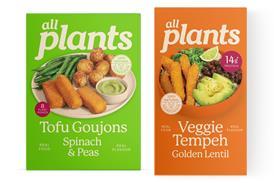



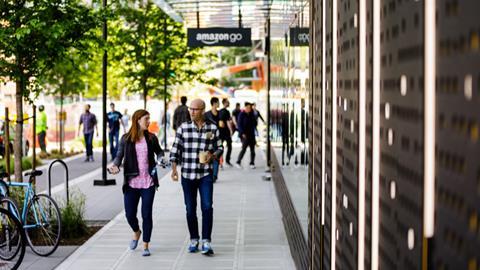





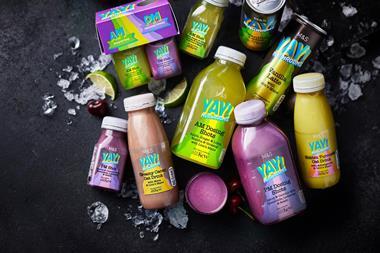



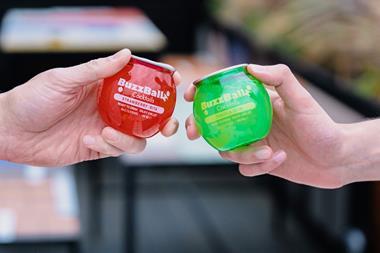



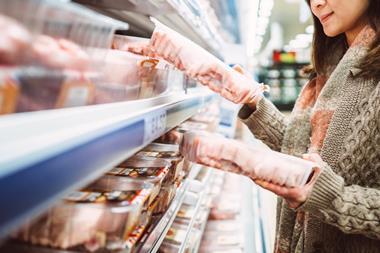


No comments yet